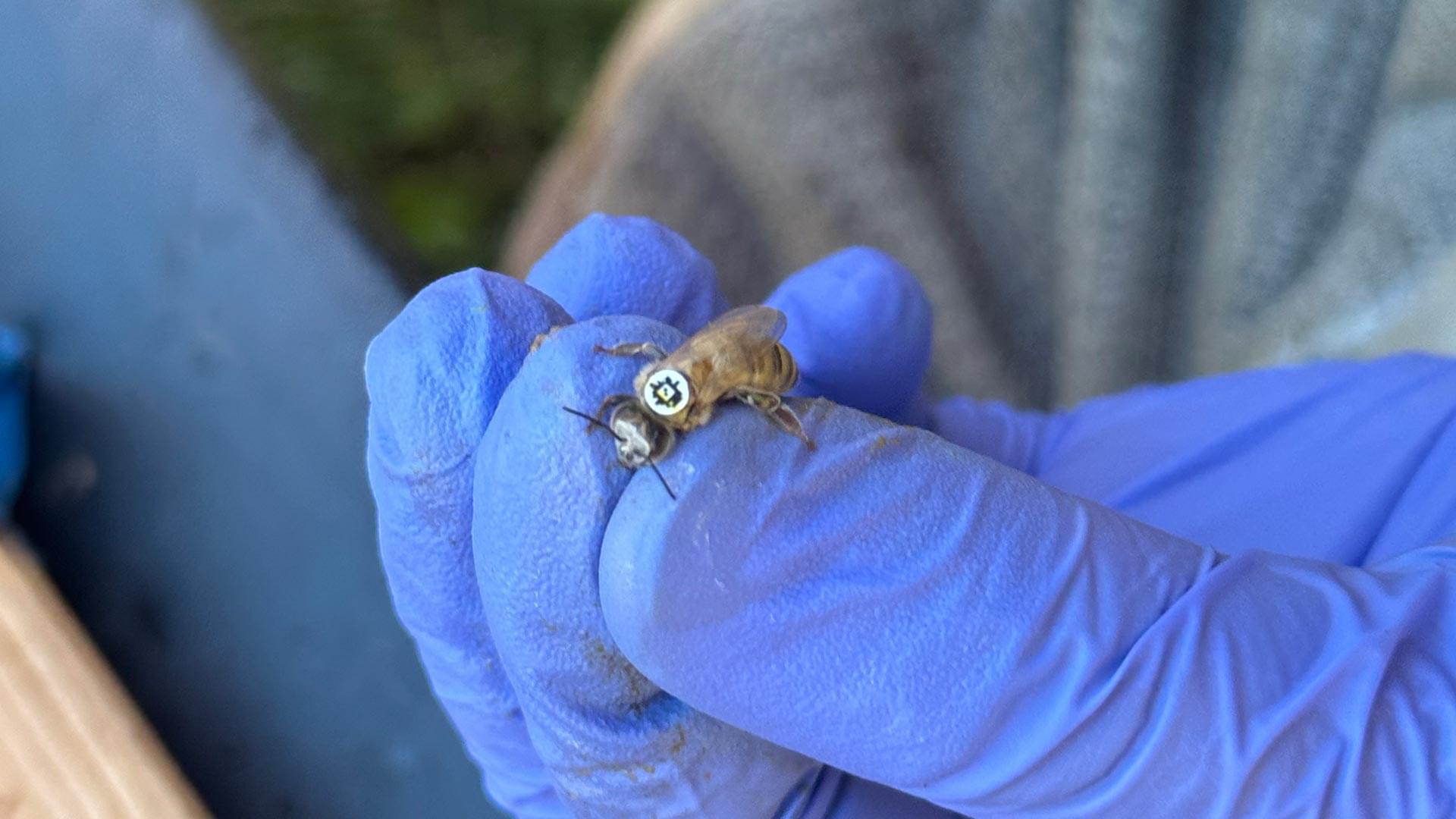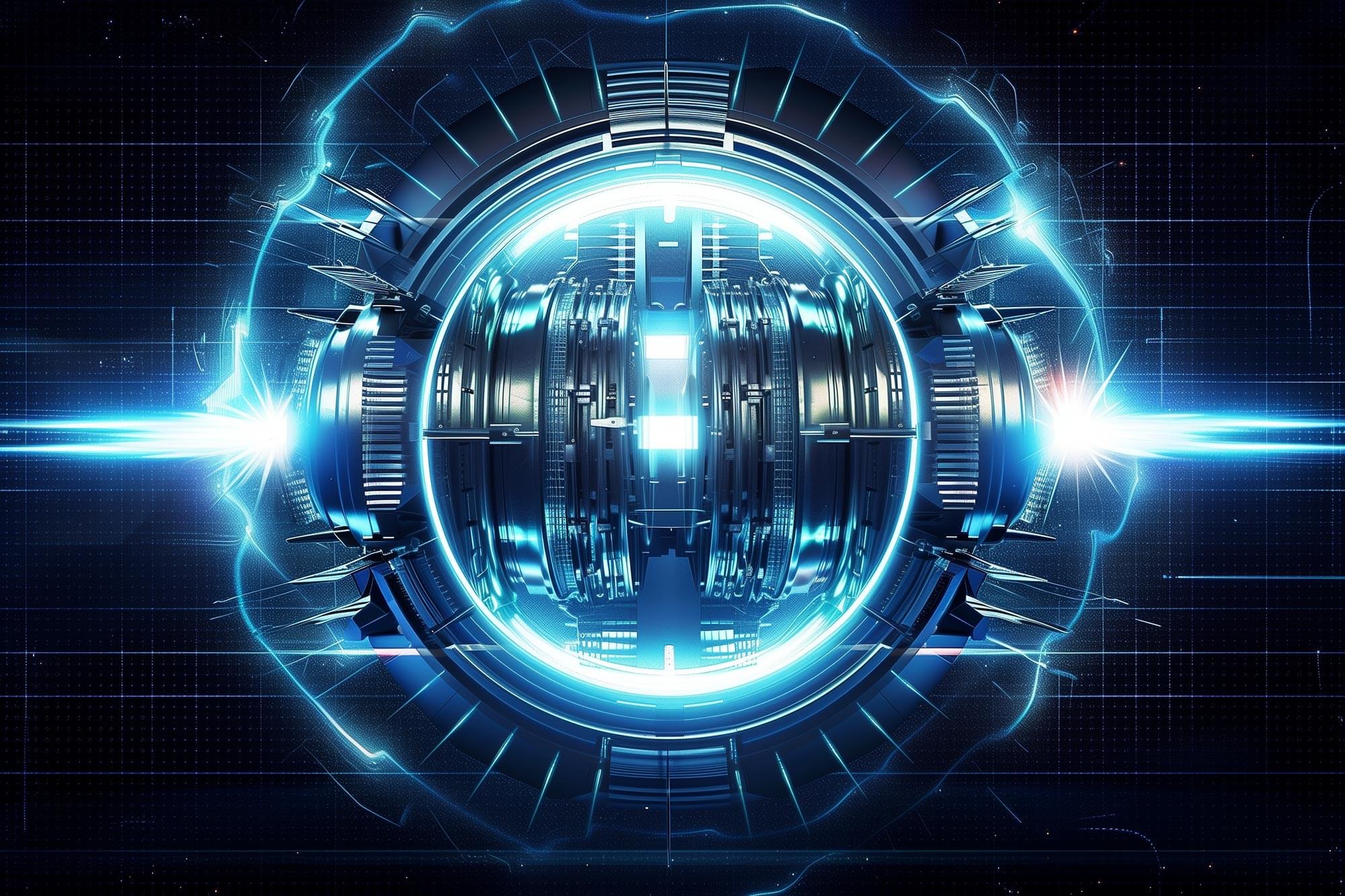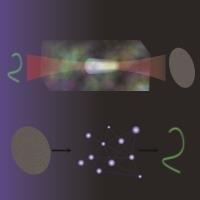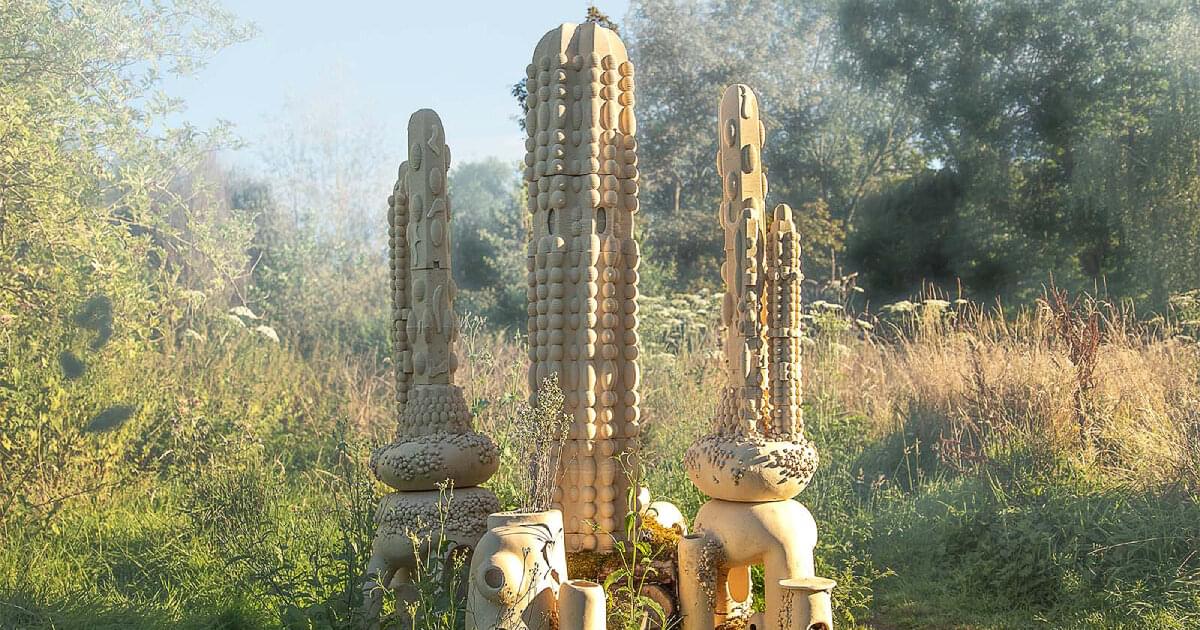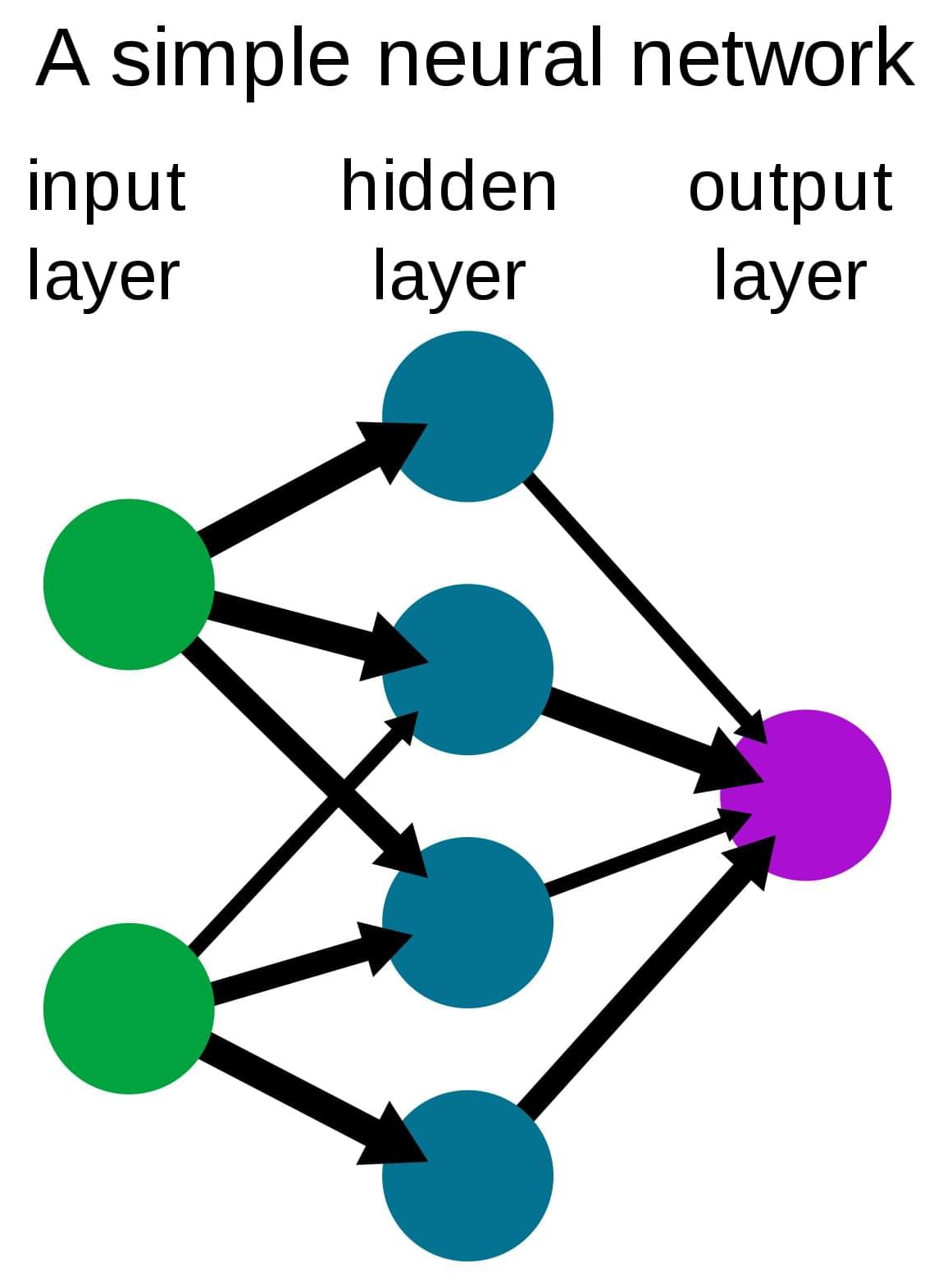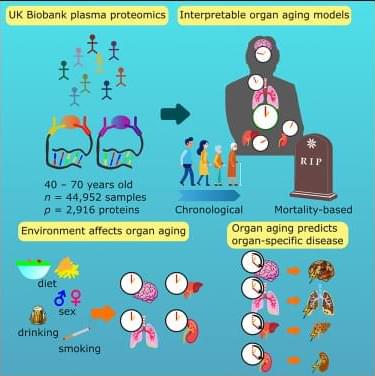Researchers introduce an innovative device that combines light emission and color control with clay compounds, offering a versatile solution for multifunctional displays.
The field of display technology is on the verge of a major breakthrough, driven by the growing interest in electrochemical stimuli-responsive materials. These materials can undergo rapid electrochemical reactions in response to external stimuli, such as low voltage.
A key advantage of these reactions is their ability to produce different colors almost instantly, paving the way for next-generation display solutions. An electrochemical system consists of electrodes and electrolytes, and researchers have found that integrating luminescent and coloration molecules directly onto the electrodes—rather than within the electrolyte—can significantly enhance efficiency and stability in display devices.
